Coffee Break Chinese

Summary
Coffee Break Chinese offers a free audio podcast and a premium course. You’ll learn Chinese alongside one of the hosts, Mark, who’s learning himself with the guidance of Crystal, the Chinese host. Together they create a fairly relaxing atmosphere in which to learn Chinese. As Coffee Break Chinese is still producing their first season, only beginners would benefit from this course.
The lessons are well structured – building up from words to sentences to dialogues.
As they’re still producing the first season, there’s a lot of material left to cover.
It’s great that you can listen to the audio lessons for free but the paid course is a bit expensive.
I Like
- The lessons are scaffolded very well. In a single lesson you’ll go from learning new words to being able to put those words together into a full dialogue.
- It’s less intimidating than other Chinese learning resources which will better suit a certain type of learner.
- The audio version of the lessons are completely free.
I Don’t Like
- I think serious learners could progress faster with other resources.
- You’ll need to supplement your learning with other materials.
Price
You can access all of the audio lessons for free as a podcast. The premium course costs $350.
Coffee Break Chinese isn’t for everyone but it wasn’t designed to be for everyone.
In fact, it wouldn’t be my first choice to use personally. But for lots of people, it could easily be the perfect tool.
Coffee Break Chinese would be more suitable for people who have very little, or even negative, language learning experiences. People who are quite intimidating about learning another language or feel like it’s impossible would benefit the most from this course.
Given Mandarin’s reputation as being an exceptionally difficult language to learn, there are quite a few people that fit this description.
However, if you’re an experienced language learner or want to make progress as fast as possible, you’d probably be better off with another course or reading my advice on how to get started learning Chinese.
Coffee Break Chinese excels at simplifying the Chinese learning process, providing well-designed content that is comfortable to use.
Because the way the lessons are created, it feels like you’re sitting in on a language lesson between friends. It’s fairly relaxing and you’ll learn alongside one of the hosts.
Course Overview

Coffee Break has previously created comprehensive courses for various languages, including Italian, French, and Spanish. However, the Chinese course is still quite new. So far, they are still releasing content for the first season which is aimed at beginner students.
When the season is completed, there will be a total of 40 lessons. In the future, there will be additional seasons that will take learners further in the language.
There’s a free podcast and a paid course.
One great thing about Coffee Break Chinese is that they release all of their lessons as an audio podcast for free. While there are quite a few podcasts for learning Chinese, I doubt you’ll find a better free one for beginners.
There’s also a paid version of the course which includes a video version of the lessons, the audio file which is exactly the same as the free podcast, lesson notes, and bonus audio materials.
Hosted by a Chinese woman and a Scottish man
Coffee Break Chinese has two hosts – Crystal and Mark.
Mark is the learner and as such, makes mistakes and asks questions throughout. As a learner himself, he’s in a similar position as the listeners. He brings up a lot of relevant points about things that could be confusing for a learner.
I’m actually pretty impressed with how much Mark has progressed with his Chinese throughout this first season. I imagine being a host provides a lot of extra motivation to study.
Crystal is Chinese, from Guizhou, and acts as a teacher throughout the course. She guides Mark by answerwing lots of questions, helping him put together sentences, correcting mistakes, and just generally being helpful.
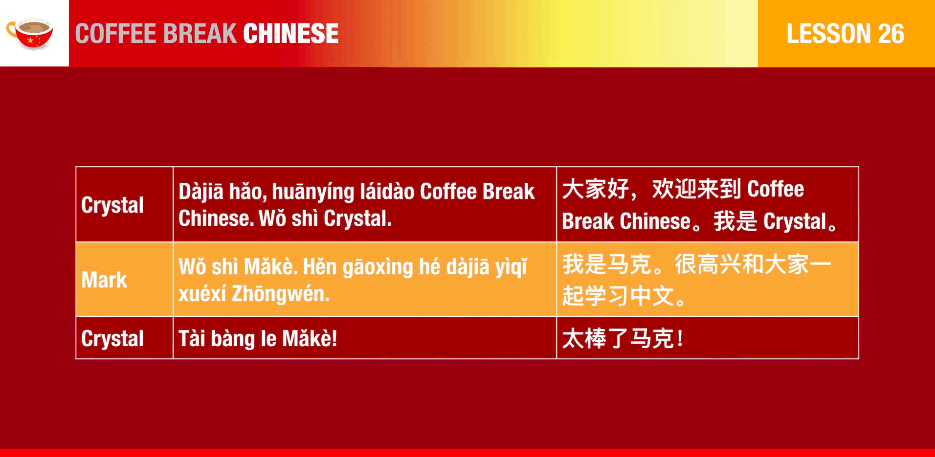
Relaxed Lesson Style
One thing you’ll notice is that the lessons are quite relaxed but that doesn’t mean that they don’t cover much material. Even though it’s still in the first season, they cover quite a bit of vocabulary and important phrases.
Crystal also adds some interesting cultural information throughout.
The lessons have a nice combination of structure and flexibility. This makes it so that the content builds upon itself, from words to sentences to longer dialogues. Material from previous lessons also comes up again in later lessons, providing a natural opportunity to review what you’ve learned.
It seems like they aren’t following a strict script though but obviously had taken time to make a clear plan for the lesson beforehand.
As often happens when learning a language, learning one new thing will inevitably lead to questions about other things. There’s a good balance between following the natural curiosity and questions that Mark has without going down the rabbit hole and losing focus.
Let’s look at what the actual lessons are like now.
Lesson structure
Lessons generally last between 22–30 minutes. They start with a brief introduction and tell you about what will be studied in this lesson.
Then, they’ll typically describe a situation, for example, making a telephone call. They will go over some important words or phrases that you’ll encounter in this type of situation.
This builds up into a dialogue.
In this example, they talk about what you might say after answering the phone, for example, “Who’s this?” and the conversation builds up from there.
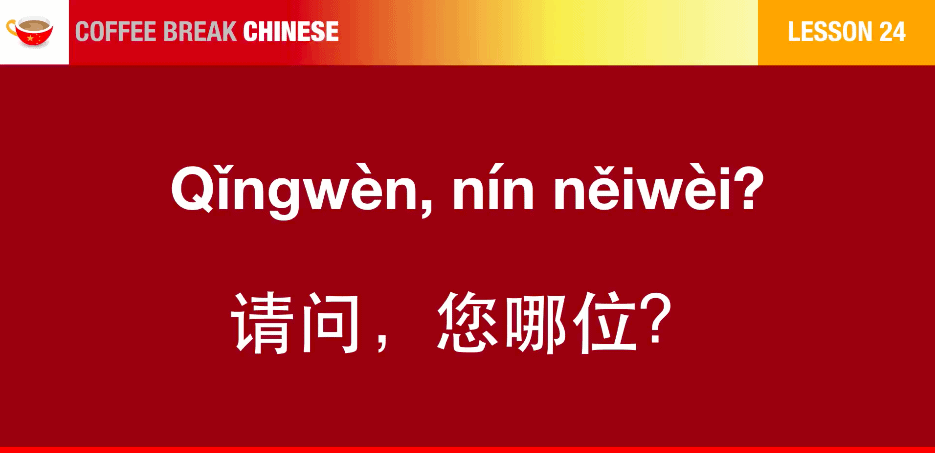
Mark asks lots of questions regarding how you might say different things and asks about different variations. You’ll also hear him going through the learning process and putting the language together.
Crystal guides him, explaining how to say things, what the words mean, and provides clear speech examples. Mark and Crystal work very well together with lots of questions and examples.
I really like the way in which the lessons are scaffolded. New words and concepts are introduced at a reasonable pace and before you know it, you’re able to put them together into a full conversation.
Mark and Crystal will then role-play the conversation. You’ll have the chance to listen to this twice.
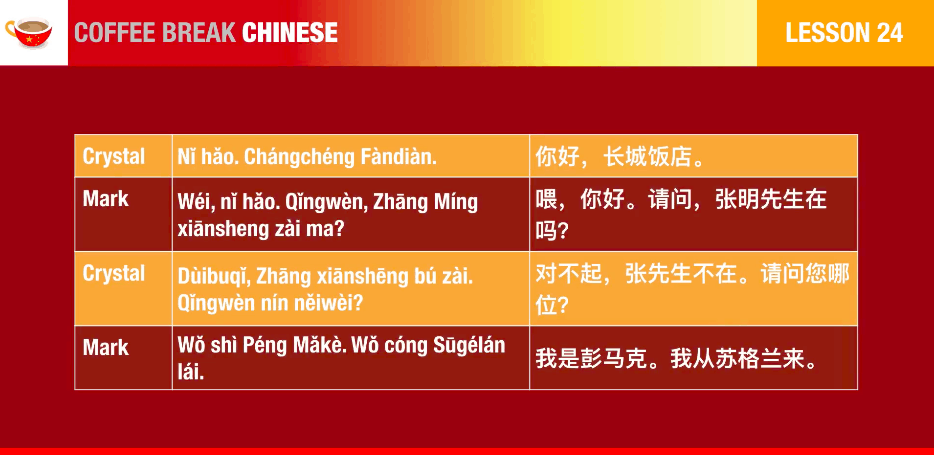
After the role play, they’ll go back and go over the dialogue and include English translations – adding in any questions and things that may need to be clarified.
Next, there’s a brief break. One thing that is slightly annoying is that even if you’ve purchased the course, you’ll hear an advertisement about buying the premium course. It’s not a huge deal though since it only lasts about 30-40 seconds.
The free podcast, justifiably so, will have a few more ads placed throughout.
After the break, they talk about some cultural notes while introducing relevant vocabulary and sentence structures along the way.
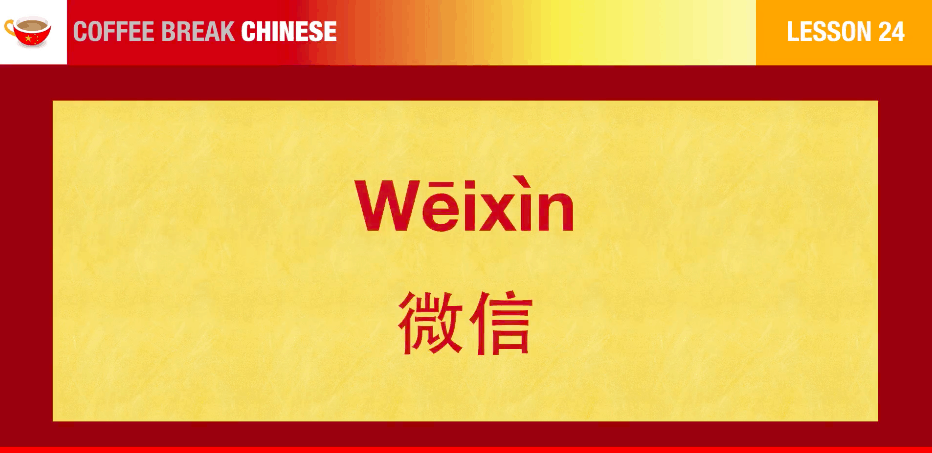
I really like the way the lessons build from individual words into full sentences and eventually dialogues. They also do a great job of putting you into realistic situations that you could find yourself in and center the lessons around these themes.
One thing I’d strongly recommend is to use italkito practice the dialogues with a tutor or language exchange partner. Listening and practicing along will help a lot, but actually working with someone will take your Chinese skills much further.
Each lesson of the premium course contains a video lesson, audio lesson, lesson notes, and a bonus audio lesson. We’ll take a look at each of these parts now.
Video Lessons
The video lesson is the same material as the free audio podcast but is a much better format to study Mandarin in.
The biggest benefit is that you can see the Chinese characters and pinyin presented as they go through the lessons. This may not sound like a lot, but I think these features are VERY important.
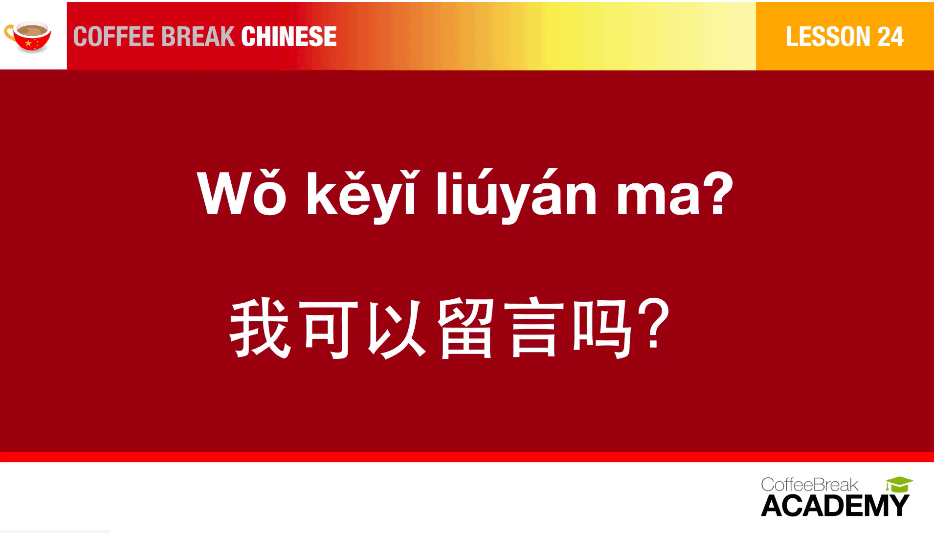
Mandarin is a language with lots of homophones. There are entire poems written using only the pinyin of shi. Because of this, as you learn more and more Chinese, understanding the characters is essential and actually makes things easier.
While most learners rely on pinyin in the early stages of learning Chinese, I think it’s important not to ignore the characters. Getting this early exposure in the video lessons is a good introduction.
In addition, new learners will benefit from seeing the intonation marks on the pinyin of words. Remembering tones is very important and seeing this information will make remembering the tones easier.
I imagine if you were to only listen to the free audio lesson, in some instances, you may find yourself forgetting or getting confused about the pinyin and tones of words.
Audio Lessons
The next part of the course is the audio lesson. This is exactly the same as the free podcast except without the advertisements from sponsors, but for some reason, the promo for the premium course still plays.
Because of this, there’s really no benefit to this part of the course compared to the free podcast. You may still find yourself using this part of the course if you want to practice the material in a situation where watching a video isn’t feasible.

Lesson Notes
The third part of each lesson is the lesson notes. This PDF includes the key vocabulary, dialogues and cultural notes from the lesson. You’ll also find lesson notes for the bonus audio lesson which I’ll talk about more in a minute.
The first part of the lesson notes is all in English and pinyin without Chinese Characters. Near the end though, you’ll find an appendix with the vocabulary and conversations written with Simplified Chinese Characters.
When I first looked at the lesson notes, I was worried that they decided to exclude the characters. I’m glad they were included at the end but think they should have just included them together earlier in the notes. It really doesn’t make too much of a difference either way though.
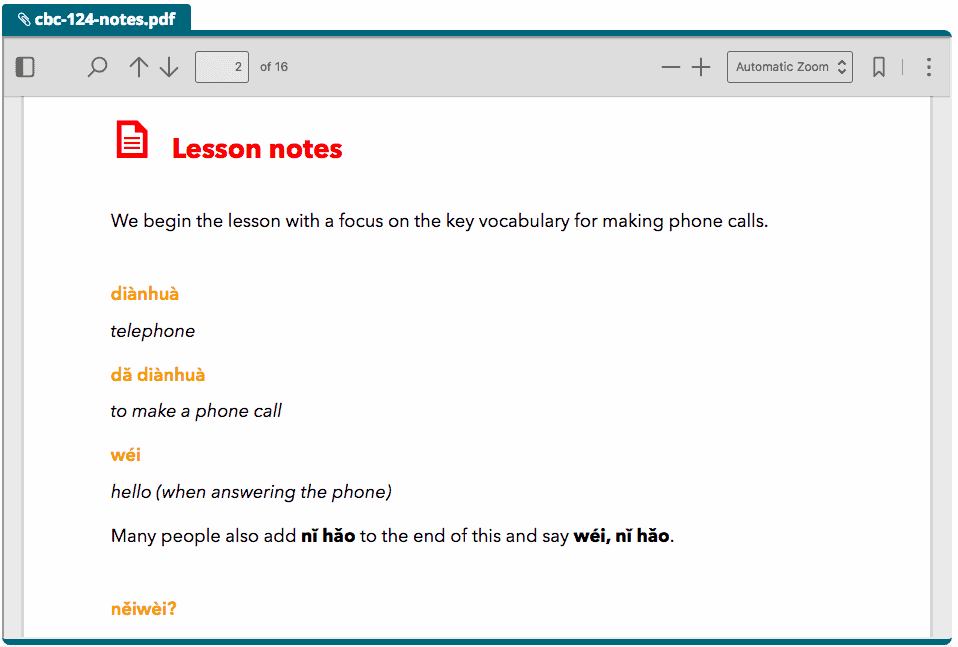
Bonus Audio
The fourth and final section of each lesson is the bonus audio lesson which generally lasts from 12-14 minutes. This is fairly similar to the regular lessons but with a few differences.
First, they’ll review a few of the important words and sentences that were covered in the regular lesson and introduce some new vocabulary.
Like the regular lessons, they create a situation for a dialogue to occur. This is related to the regular lesson and goes into more depth, adding in additional vocabulary and sentence structures.
After you hear their dialogue, they discuss it line by line, again asking questions and explaining things as they go.
The second part of the bonus audio is translation exercises.
There are two parts to this. First, Crystal will ask three questions in Chinese and you’re supposed to think of the answer in English. You’ll hear Mark answer this question and will find out if you answered correctly.
After that, Crystal will ask three questions in English and you’re supposed to answer in Chinese in the empty space provided. Then you’ll hear Mark answer the question and Crystal will help him out when needed and also say it herself so that you can more clearly model correct pronunciation.

How much does the premium course cost?
The audio lessons are completely free and can be found using iTunes or another app that you use to listen to podcasts.
The premium version costs $124 or £90 to access all of Season 1’s materials. Additionally, if you visit the site, you’ll be able to try out the full first lesson for free.
Free podcast vs premium course
The lessons are the same for both the free podcast and the premium course.
The benefits of paying for the premium course is that in addition to the audio course, you also get the video lesson, lesson notes, and the bonus audio lesson.
I think given the complexities related to homophones, tones, and characters with learning Chinese that being able to see the language written down is a major benefit. The extra material in the bonus lesson is also helpful to reinforce and expand on what you’ve learned.
You can also download all of the materials which is a nice option to have.
I’d strongly suggest trying out the first lesson for free and seeing if Coffee Break fits your learning style.
Final thoughts
I think Coffee Break Chinese is a good product.
I really like that they’re able to give so much away for free in the form of their audio podcast. I was impressed with the quality of their lessons and the way in which they naturally progress from single words to sentences to dialogues.

I think it could be the perfect course for a lot of people. It’s not intimidating and they make learning Chinese feel fairly relaxing. They show that it doesn’t need to be a stressful or overly complicated thing.
Having said that though, I would personally choose a different course that better matches my own learning style. My favorite beginner course is ChineseFor.Us. However, that too, wouldn’t be ideal for everyone.
There are tons of resources for learning Chineseso it’s important to find one that you enjoy and will stick with.

